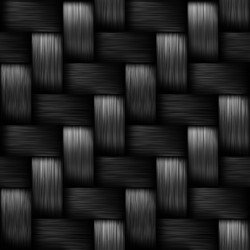Recycling and reuse of carbon fibres
CFRPs are formed, as the name indicates, by reinforcing lightweight plastics with carbon fibres. The resulting composites with their beneficial combination of strength and low weight are now common in numerous applications from aerospace to automotive to consumer electronics and sporting goods. Use within the aerospace sector has increased considerably in the last decades as a focus on reduced emissions has highlighted the value of CFRPs for reduced load and fuel consumption. However, recycling methods – including mechanical, chemical and microwave processing – are plagued by issues such as high costs, insufficient liberation of fibres, poor fibre quality and low throughput. The EU-funded project SELFRAG CFRP (High voltage pulse fragmentation technology to recycle fibre-reinforced composites) exploited electrodynamic fragmentation to accomplish what no other technology to date could. The technique is a physical process by which ultrashort underwater pulses break up solid materials into fragments. The partners were already using the technology on an industrial scale. They have now extended its market, which included crushing high-quality silicon for the manufacture of silicon wafers and solar cells and liberating lithium minerals from rock, to include recovery of high-quality carbon fibre for CFRP recycling. Scientists successfully demonstrated the technology in a pilot plant to treat CFRP materials of less than 60 mm in size, achieving a technology readiness level of 6 as targeted in the original proposal. In preliminary tests, the processed materials were successfully and completely reused to produce new parts of comparable strength to those produced with new materials. Given the increasing demand for carbon fibres in a variety of applications, the potential economic benefits of CFRP recycling are impressive – not to mention that production rates are difficult to increase on scale with projected increases in demand. Further, results have proven the utility of electrodynamic fragmentation as a way to process materials difficult to treat with other methods, opening new markets for the technique. The project has thus made a major contribution to the sustainable usage of raw materials and energy in manufacturing, supporting innovation, job creation and the competitive position of EU industry.
Keywords
Recycling, carbon fibres, CFRPs, fragmentation, composites, electrodynamic

